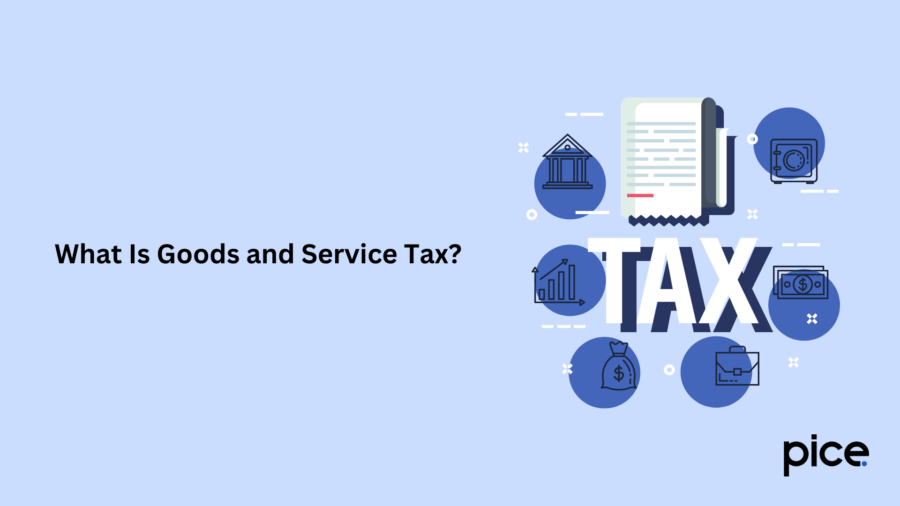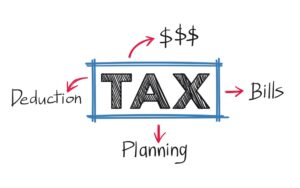Know all about Commercial Vehicle GST Rate
- 15 Oct 24
- 8 mins

Know all about Commercial Vehicle GST Rate
Key Takeaways
- GST Rates: Commercial vehicles face GST rates from 12% to 28%, based on engine capacity and vehicle type.
- Reduced Prices: GST has lowered prices for both small and luxury vehicles, boosting affordability.
- Tax Credits: Dealers and importers can claim tax credits, improving cost efficiency.
- Streamlined Logistics: GST simplifies inter-state transport and reduces paperwork with the e-way bill.
- Electric Vehicle Boost: Lower GST on electric vehicles encourages adoption and sustainability.
Goods and Services Tax has created a significant impact on various sectors in India, including the commercial vehicle industry. GST on commercial vehicles not only impacts the purchase, sale and renting of cars but also determines a business's cost structure. GST subsumed multiple indirect taxes like excise duty, VAT (Value Added Tax), service tax under one head and simplified business compliance.
In this blog, we will discuss the commercial vehicle GST rate, the applicable GST rate on cars, the impact of GST on the automobile sector, its benefits and many more.
What Is Goods and Service Tax?

Goods and Services Tax is an indirect tax in India. Prior to GST implementation in 2017, there existed several other indirect taxes like excise duty, services tax, VAT, etc. GST has subsumed all these taxes under one head, to create a unified national market. It is charged on the final market price and the GST rate applies uniformly across India. The four components of GST are CGST, SGST, ITGST and UTGST.
When it comes to commercial vehicles, the applicable GST rate ranges between 12% and 28%. It depends on key factors like the engine capacity of the vehicle, the business's Input Tax credit, and the types of vehicles. Take a look at the table below to understand the applicable GST rate on vehicles:
| Motor Vehicle Description | GST Rate | Compensation Cess Rates |
| Motor vehicles which transport up to 13 people, including the driver | 15% | |
| Liquified Petroleum Gas (LPG), petrol, compressed natural gas (CNG), motor vehicles of up to 1200cc engine capacity and up to 4000 mm length. | 18% | 1% |
| Motor vehicles of 1500cc engine capacity | 17% | |
| Motor cars of more than 1500cc engine capacity, like utility vehicles and Sports Utility Vehicles (SUVs) | 22% | |
| Refrigerated motor vehicles | 18% | |
| Motor vehicles with a seating capacity of either 10 people or more than that, including the driver. This excludes buses which are used for public transport and a biofuel-powered public transport bus | 28% | |
| Goods transport vehicle (except refrigerated) | 28% | |
| Special purpose vehicles | 18% | |
| Used and old motor cars, electric vehicles, vehicles that are cleared as ambulances | Nil |
Different Rates of Goods and Services Tax on Automobiles
Let us discuss the different rates of GST on cars and other vehicles-
- 12% GST on Cars and Other Vehicles
Here are some of the instances where a GST rate of 12% is applicable on commercial motor vehicles:
- Cars which run on solid fuel cells, like hydrogen fuel cell technology
- Hand-propelled vehicles like hand carts, rickshaws, etc. including animal-driven vehicles
- Non-motorised cycles, bicycles and delivery tricycles including the parts and accessories of bicycles.
- Two and three-wheelers which are driven by electric motors
- 18% GST on Cars in India and Other Vehicles
These are some instances where a GST rate of 18% is applicable on cars and other vehicles in India:
- Baby carriages including their replacement parts
- Vehicles for disabled persons
- 28% GST on Cars in India and Other Vehicles
A GST rate of 28% is applicable on cars and other vehicles in the following cases in India:
- Mopeds and motorcycles, irrespective of sidecars
- Motor cars (petrol or diesel vehicles) including station wagons and racing cars (irrespective of size) for transportation of people
- Accessories and parts of mopeds or motorcycles
The rate of 28% applies to vehicles for private use. However, the applicable compensation cess varies as it depends on the length of the cars and the size of vehicle engines.
Effects of GST on the Automobile Industry
Following are the effects of Goods and Services Tax on the automobile industry:

- The previous tax range was between 31.4% and 33.5%. Since the implementation of GST, a rate of 28% will be applicable on small vehicles which have an engine capacity of less than 1200 cc. Additional GST compensation cess of 1% and 3% will be charged along with this. This implies that commercial vehicle pricing may remain the same or witness a slight decrease in price.
- Luxury cars such as SUVs and sedans with lengths of more than 4,000mm, engine capacity of 1,500 cc or more and ground clearance of more than 170mm will be subject to an applicable GST rate of 28% with an additional charge of 15%. Since it is significantly lower than the previous range of 46.% to 55.3%, the cost of vehicles will reduce, becoming more affordable for consumers.
- In the previous tax regime, dealers and importers were not eligible to claim their payment of excise duty and VAT. Under GST, they are eligible to claim their GST payment on imported goods or sold goods.
- IGST (Integrated Goods and Services Tax) covers the excise payment on stock transfer. Additionally, the receipt of advances for the supply of goods is taxable under GST. This would be beneficial for manufacturers as they would be able to procure parts at a more reasonable cost due to an improvement in logistics and supply chain mechanisms.
How GST Is Calculated on Vehicles?
Here is the formula for the calculation of GST on cars:
Total tax = Ex-showroom price * (GST rate + cess rate)
Say, a diesel small car’s ex-showroom price with an engine capacity of less than 1,500cc is ₹5,00,000. The applicable GST rate is 28%, and the additional cess is 3%. The total applicable tax rate is 31%.
Total tax amount= ₹5,00,000 * 31% = ₹1,55,000.
The final price including GST: ₹5,00,000 + ₹155,000 = ₹6,55,000.
Indemnity for GST Tax Rates on Vehicles
A registered person dealing with used cars is entitled to pay taxes based on the difference between the buying price and the selling price of the car. However, the dealers are not required to pay GST if the transaction margin is negative. Moreover, as per the Indian government, you do not need to pay tax on used cars or second hand vehicles if you purchase from a seller who is unlisted.
Benefits of GST Implementation on Commercial Vehicles
There are multiple benefits of GST implementation on commercial vehicles. Some of them are:
- Lesser Possibilities of Tax Evasion: With the implementation of GST, there are fewer chances of tax evasion by businesses. Furthermore, it is simpler for the government to identify fraudulent activities and track the movement of goods and services.
- Better Logistics: GST implementation has led to improved logistics. Additionally, businesses can now make inter-state transactions, i.e., make transportation across state borders seamlessly.
- Less Requirements of Paperwork: Under GST, the e-way bill has replaced the physical waybill by being a good substitute. This has led to a significant reduction of the paperwork that is required for the transport of goods.
Conclusion
The varying commercial vehicle GST rate ensures that the lowest GST rate applies to essential cars, and luxury cars bear a higher tax burden. By reducing vehicle costs and adopting electric vehicle, GST has been able to create a favourable environment for the growth of the commercial vehicle industry and, as a result, contribute to economic development.
💡If you want to streamline your payment and make GST payments, consider using the PICE App. Explore the PICE App today and take your business to new heights.
 By
By 















